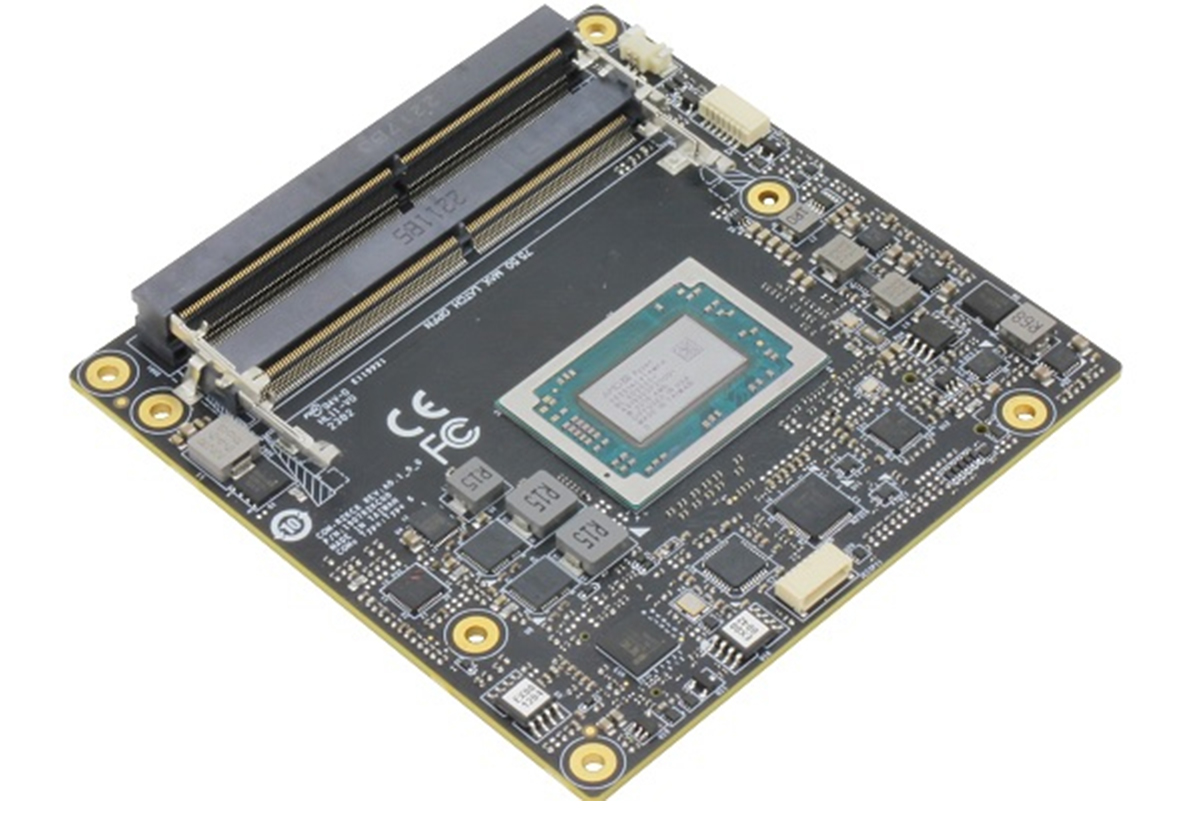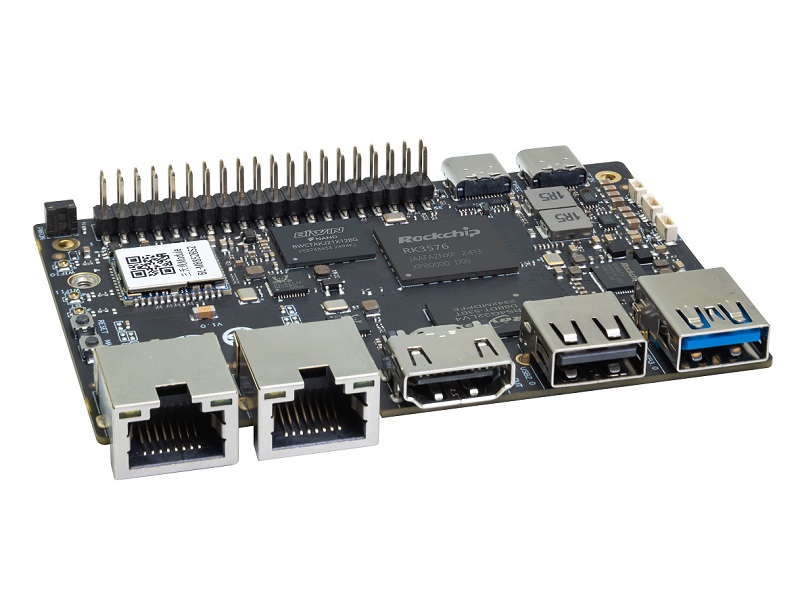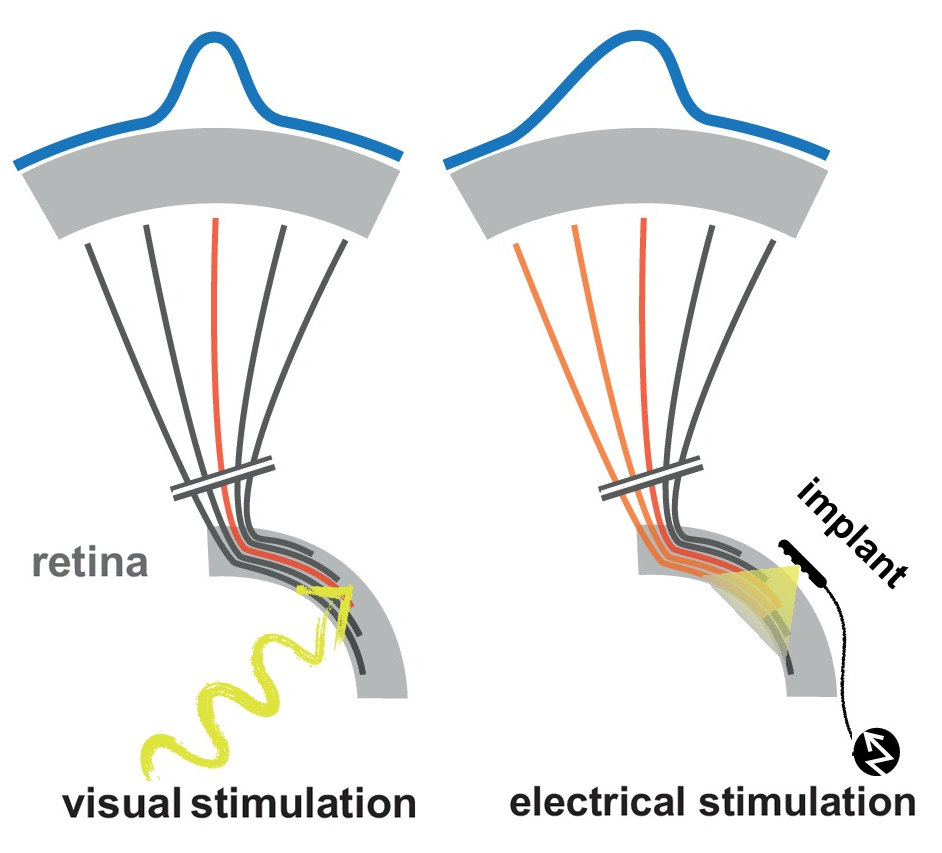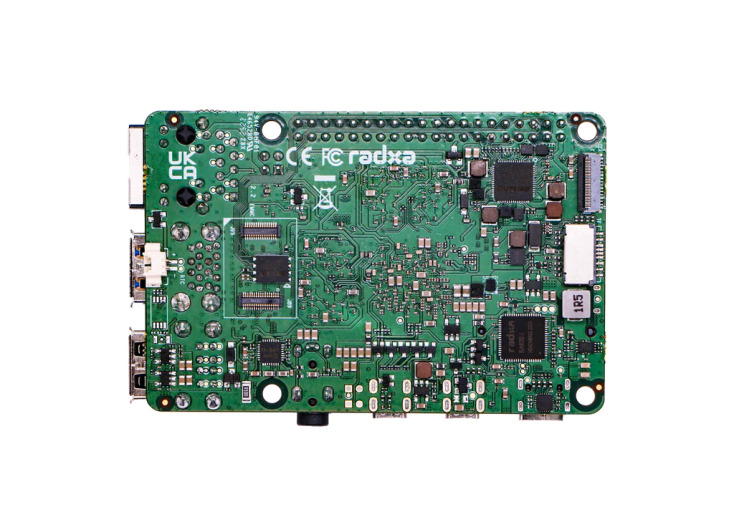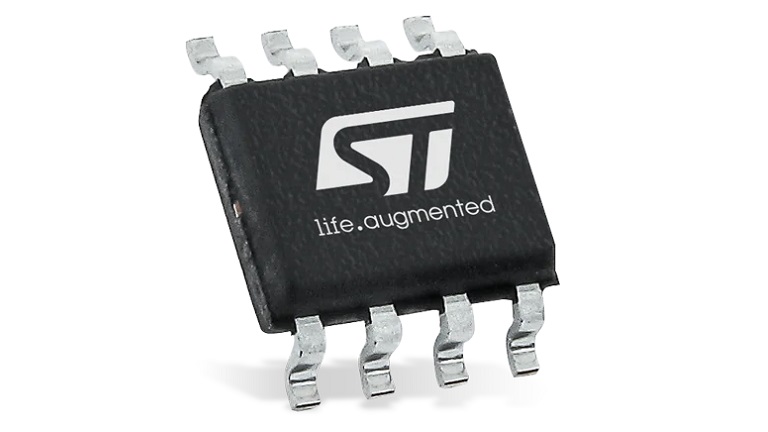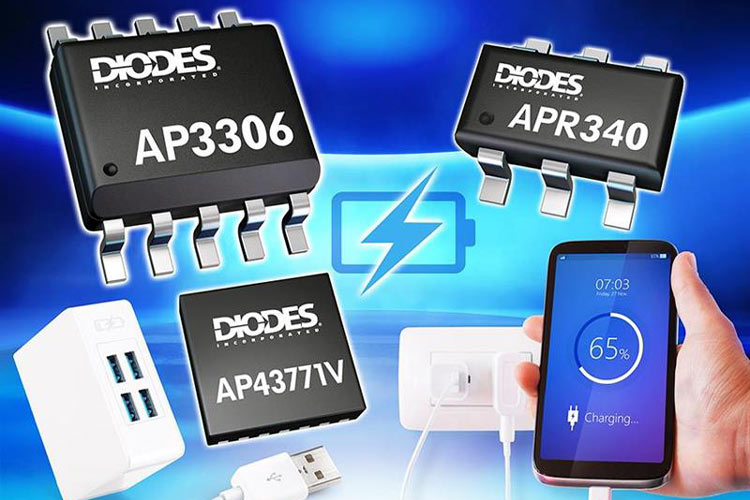
Diodes Incorporated provides a high-efficiency, small footprint solution for USB PD3.0 chargers
The AP3306, APR340, and AP43771V combination from Diodes Incorporated provide a high-efficiency, small footprint solution for USB PD3.0 chargers. The AP3306 active clamp flyback (ACF) controller uses a non-complimentary high- and low-side control mechanism to achieve leakage energy recycling and zero voltage switching (ZVS) for supreme-efficiency performance and can meet <30 mW standby loss. The APR340 is a secondary-side synchronous-rectification MOSFET driver optimized to work with the AP3306. The AP43771V is a USB Type-C® Power Delivery (PD) 3.0 PPS decoder. It is compliant with both USB PD specification Rev 3.0 V1.1 (TID – 4305) and QC4/4+/QC5 (certification by GRL). The AP43771V (QFN-24) maximizes power usage by using its I²C interface and GPIO pins to facilitate operation in multi-port independent-output voltages where built-in smart-power-sharing firmware is implemented. Based on quick-charger designs to shorten design-to-production cycle time, the AP43771V has 45 W and 65 W single-C and dual-C reference designs for USB PD3.0 PPS.
Features
- AP3306 ACF controller
- Supports high-side switcher driver without level-shift circuitry, and non-complimentary high- and low-side control mechanisms to reduce BOM cost and simplify system design
- AP43771V decoder
- Supports a cost-effective and flexible program mode:
- One-time programmable ROM is provided for main firmware
- Multi-time-programmable ROM is provided for user-configuration data
- Uses an I²C interface and a built-in smart-power sharing scheme:
- Supports multiple USB Type-C port-independent voltage-output charging applications (QFN-24) for power-usage optimization
- Supports a cost-effective and flexible program mode:
- APR340 secondary-side synchronous-rectification driver
- Optimized for operation with AP3306 and supports system output voltage, which can go as low as 2 V — a significant benefit in PPS applications
more information: https://www.diodes.com/part/view/AP3306/






